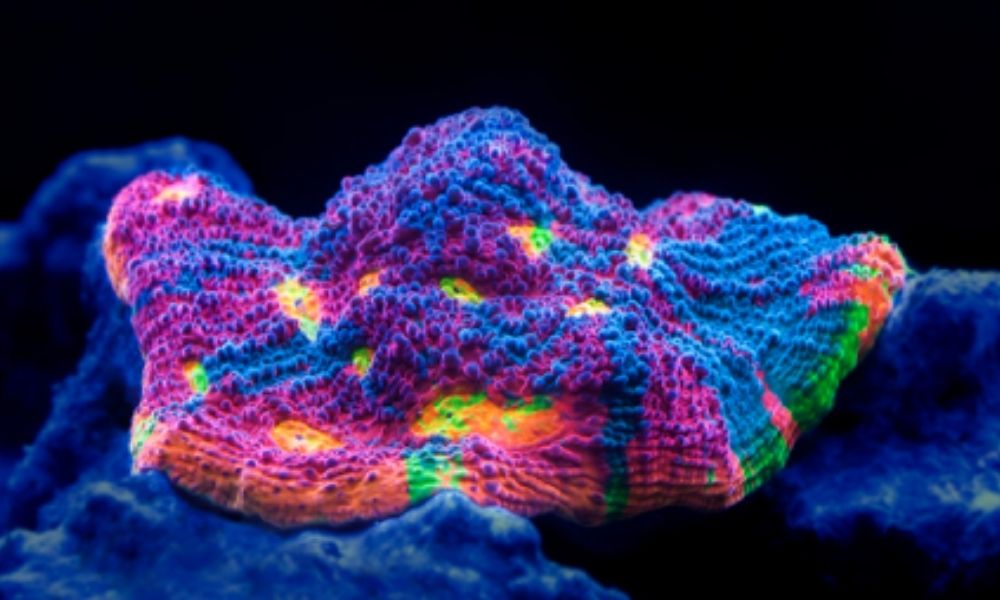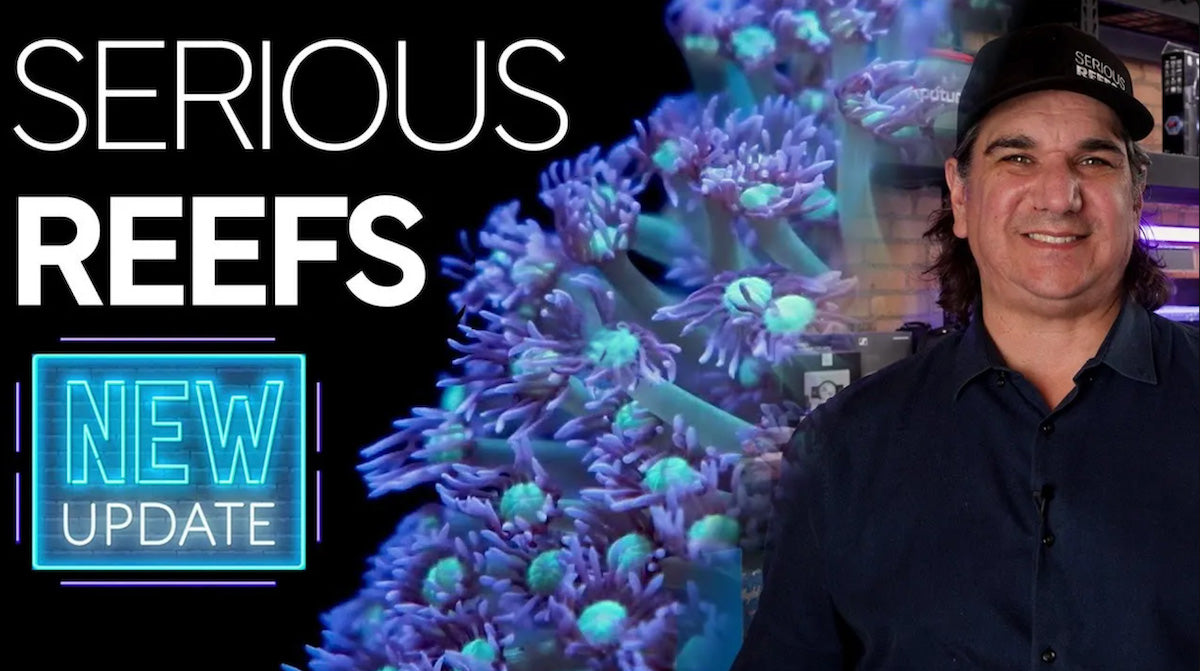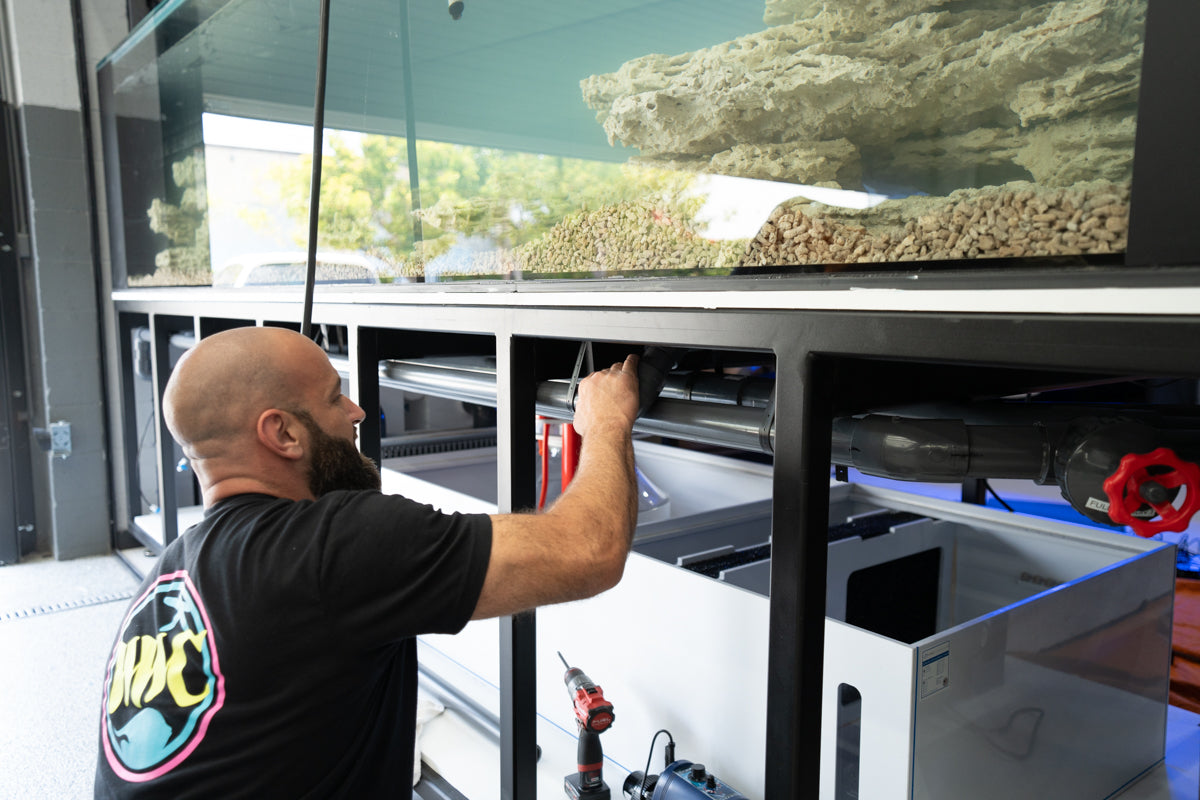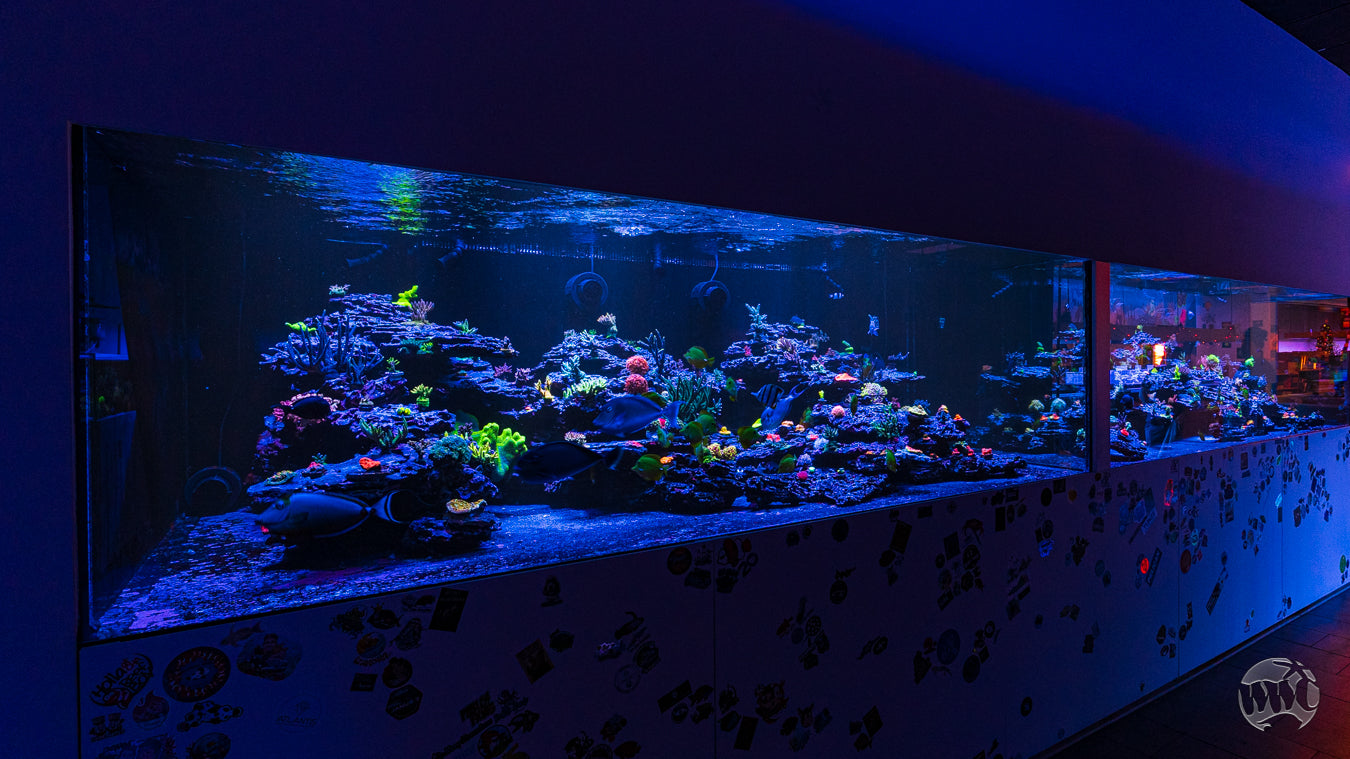
When you’re a beginner to the reef aquarium-building hobby, the opportunity to keep beautiful, colorful corals is often the most exciting part of the adventure. However, when you notice your corals are starting to lose their vibrant hues, finding out what’s wrong can be a troubling process of trial and error. These are some of the most common reasons why your corals are losing color and how to correct the problem before it’s too late.
Too Much Light (or Not Enough)
The amount and intensity of light your corals receive are some of the most crucial factors in determining the corals’ color. This is because microscopic algae known as zooxanthellae, which live inside the coral, feed on the energy from this light and provide the organism with a visual pigment. However, different types of zooxanthellae require certain levels of light. Therefore, some corals will need more light than others to maintain their beauty. Using too much light on corals that don’t need it or not enough on ones that do can cause the algae to die, leaving the coral a bleached white.
Low Water Alkalinity
If your corals are still bleaching even after you adjust your tank lighting, try checking the overall water alkalinity. Alkalinity levels outside of seven to 10 dKH aren’t lethal to coral, but they have been shown to slowly reduce a coral’s overall coloring over time. Because of this, it’s crucial that you regularly check the alkalinity as well as the other chemical levels in your water and increase the concentration when it’s too low.
High Water Temperature
Your corals could also be losing their color if the water temperature in the tank is too high. When coral reefs in the wild suffer mass bleaching effects, it’s often due to the ocean temperature rising around them. Anything above 80 degrees Fahrenheit can either kill off the zooxanthellae or cause them to remove themselves from the coral. This leaves the coral’s exoskeleton without a way to retain its hue.
High Amounts of Nitrates or Phosphates
One of the most vital reasons why your corals may be losing color is because they’re exposed to too many nitrates or phosphates in the tank. These chemicals are byproducts of fish waste and other toxins floating around the tank. Too-high levels of these can cause adverse effects to the corals and make the zooxanthellae turn an ugly brownish color. Therefore, make sure you perform frequent water changes to keep these chemicals under control, and use a skimmer.
We at World Wide Corals understand how finicky some marine specimens can be when adjusting to the tank environment in your home. This is why we sell coral packs—geared toward beginners—that we have carefully selected and grown in our own facilities. Beginner corals will hold their color even if exposed to unideal parameters, which is why these packs are great choices for anyone who has difficulty maintaining their corals’ colors.




